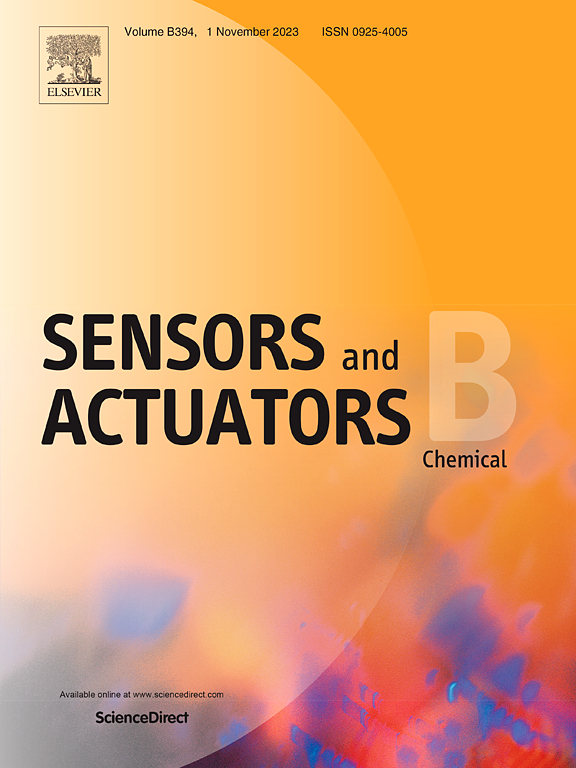“Superior snowflake” AuPd/Cu2S as substrate and satellite-like Au/CeO2 as signal probe to improve the sensitivity of electrochemical sensor for kanamycin detection
IF 8
1区 化学
Q1 CHEMISTRY, ANALYTICAL
引用次数: 0
Abstract
Many novel assays have been realized for the detection of antibiotics in food and environment. Low sensitivity and poor stability limit their application in electrochemical biosensors. The snowflake-like AuPd/Cu2S used in electrochemical sensor has a large area and high conductivity. Using it as an electrode modification material can effectively increase the working area of the electrode, thus further improving the current response. A more perfect snowflake-like Cu2S structure were synthesized after optimized for the substrate. After calculation it was surprisingly found that the two most prominent structures in each branch shape were divided into two parts by using them as the dividing line, which basically satisfied the golden section line ratio. Moreover, the modification of snowflake-like AuPd/Cu2S resulted in a significant increase in current by a factor of 1.48 compared to the bare electrode. Meanwhile, satellite-like Au/CeO2 loaded methylene blue (MB) was also used as a signal probe, which has a high and stable current signal. Based on the above, a kanamycin (Kana) detection method based on AuPd/Cu2S as a substrate and satellite-like Au/CeO2 as a signal probe to improve the sensitivity of electrochemical sensor was designed. Detection of Kana was accomplished by changes in target concentration combined with Exonuclease III (Exo Ⅲ) assisted double cycling. Under optimal conditions, the sensor had a detection range of 0.001–1000 ng/mL and a detection limit of 0.299 pg/mL. Repeatability, reproducibility, specificity, stability and Kana in real and quality control samples were successfully verified using the sensor with satisfactory results.
求助全文
约1分钟内获得全文
求助全文
来源期刊

Sensors and Actuators B: Chemical
工程技术-电化学
CiteScore
14.60
自引率
11.90%
发文量
1776
审稿时长
3.2 months
期刊介绍:
Sensors & Actuators, B: Chemical is an international journal focused on the research and development of chemical transducers. It covers chemical sensors and biosensors, chemical actuators, and analytical microsystems. The journal is interdisciplinary, aiming to publish original works showcasing substantial advancements beyond the current state of the art in these fields, with practical applicability to solving meaningful analytical problems. Review articles are accepted by invitation from an Editor of the journal.
 求助内容:
求助内容: 应助结果提醒方式:
应助结果提醒方式:


